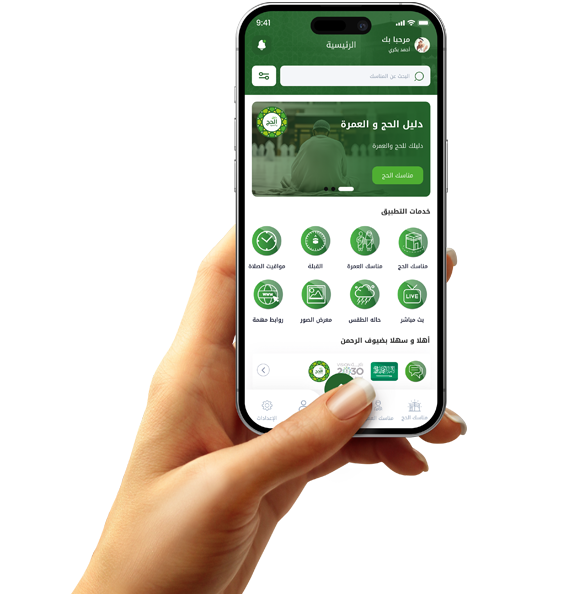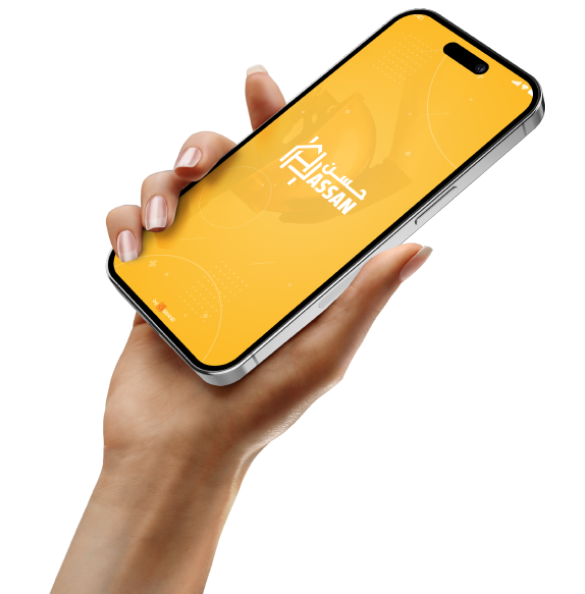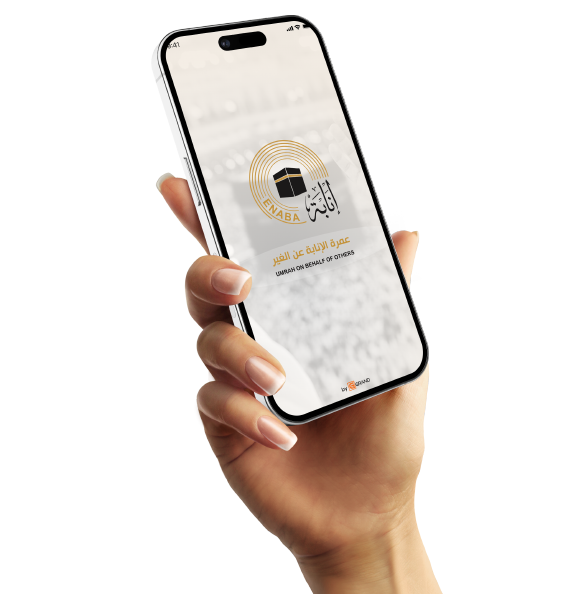Applications are a smart investment for a successful future

Steps to design mobile applications
Research and planning
The first step in designing mobile applications is research and planning. You must understand the target market and analyze competing applications to identify opportunities and gaps. This stage includes:
Market Analysis: Understanding the target audience and its needs.
Competitor analysis: Study competing applications to determine strengths and weaknesses.
Setting goals: Defining the goals of the application and the main functions it should provide.

Mobile application design techniques and tools
There are many tools and techniques used in designing mobile applications. Some common tools include:
Sketch: UI design tool.
Figma: a cloud-based design and collaboration tool.
Adobe XD: User experience and design tool.
React Native: A framework for cross-platform application development.
Flutter: Google's framework for app development.
Challenges in designing mobile applications

Economic considerations for designing mobile applications
Mobile application design is not limited to technical and artistic aspects only, but also includes financial and economic planning. There are several aspects to consider in this context:
Development cost
The cost of developing a mobile app varies based on several factors, including the complexity of the app, the number of features it contains, and the type of system (iOS, Android, or both). It is important to create a realistic budget that takes all of these factors into account.
Pricing and profitability models

How to reduce the cost of mobile application development
Good planning
Good planning and precise requirements definition can reduce the development cost. Defining the project scope precisely helps avoid major changes during the development process.
Use shared platforms
Using frameworks that support development on both platforms (iOS and Android) such as React Native or Flutter can reduce the development cost.
Outsourcing















